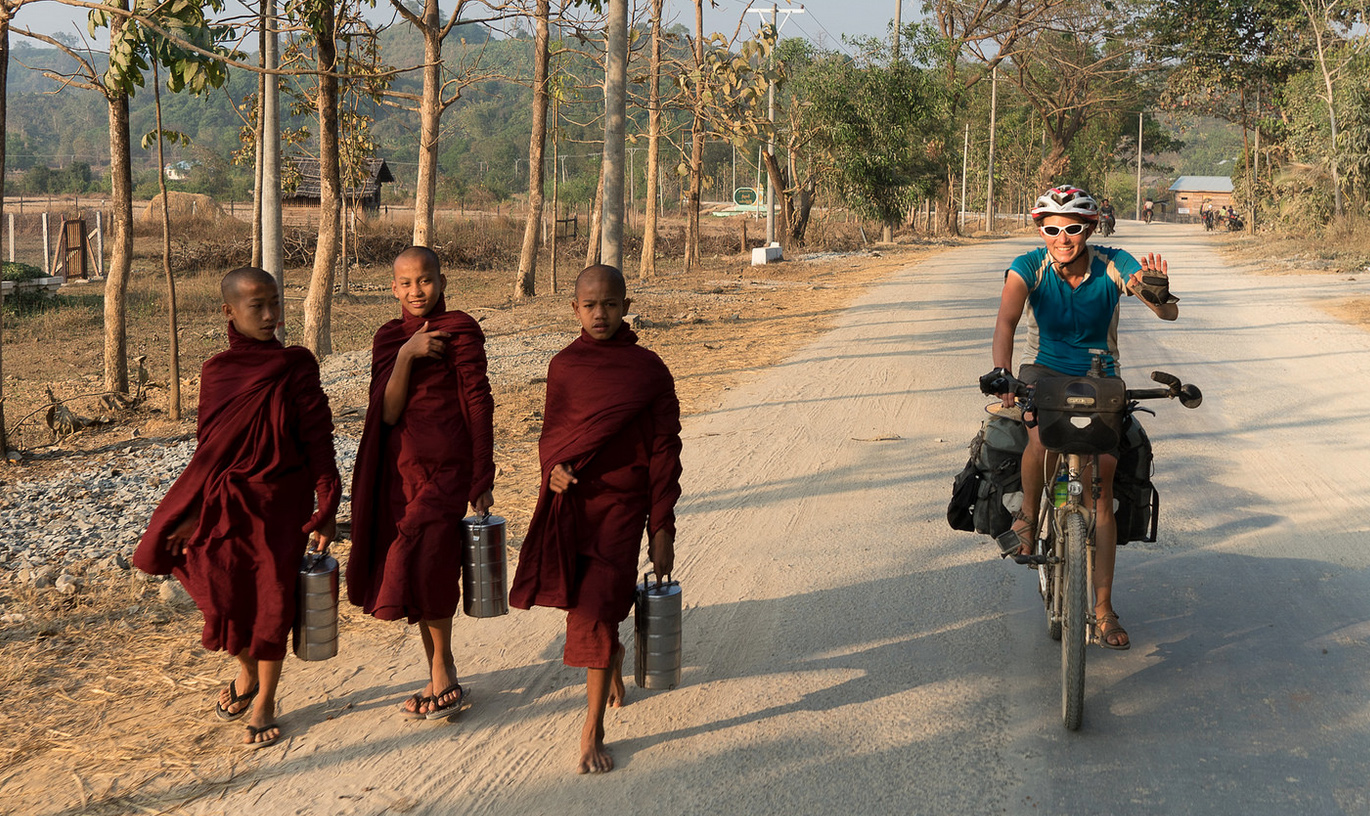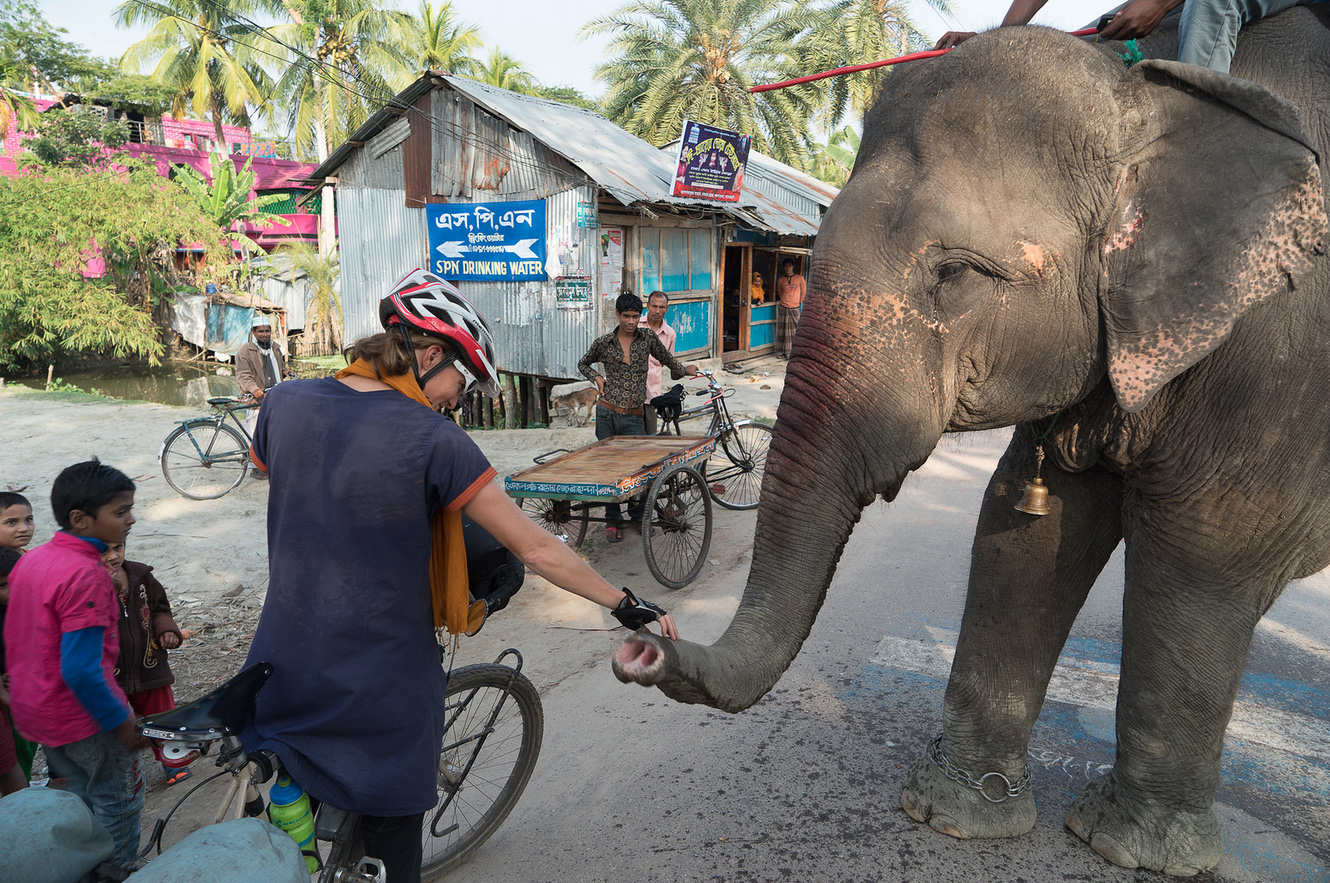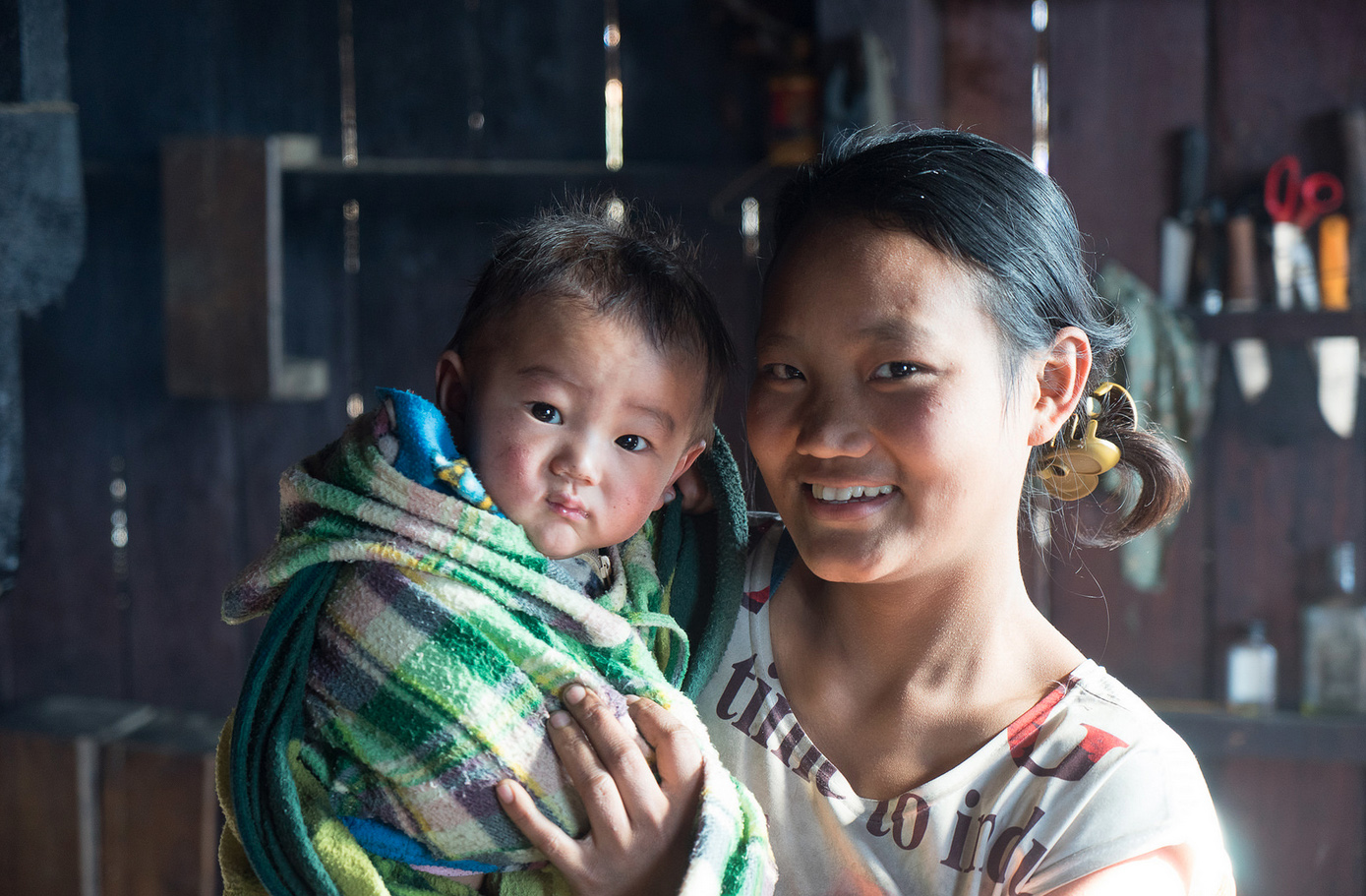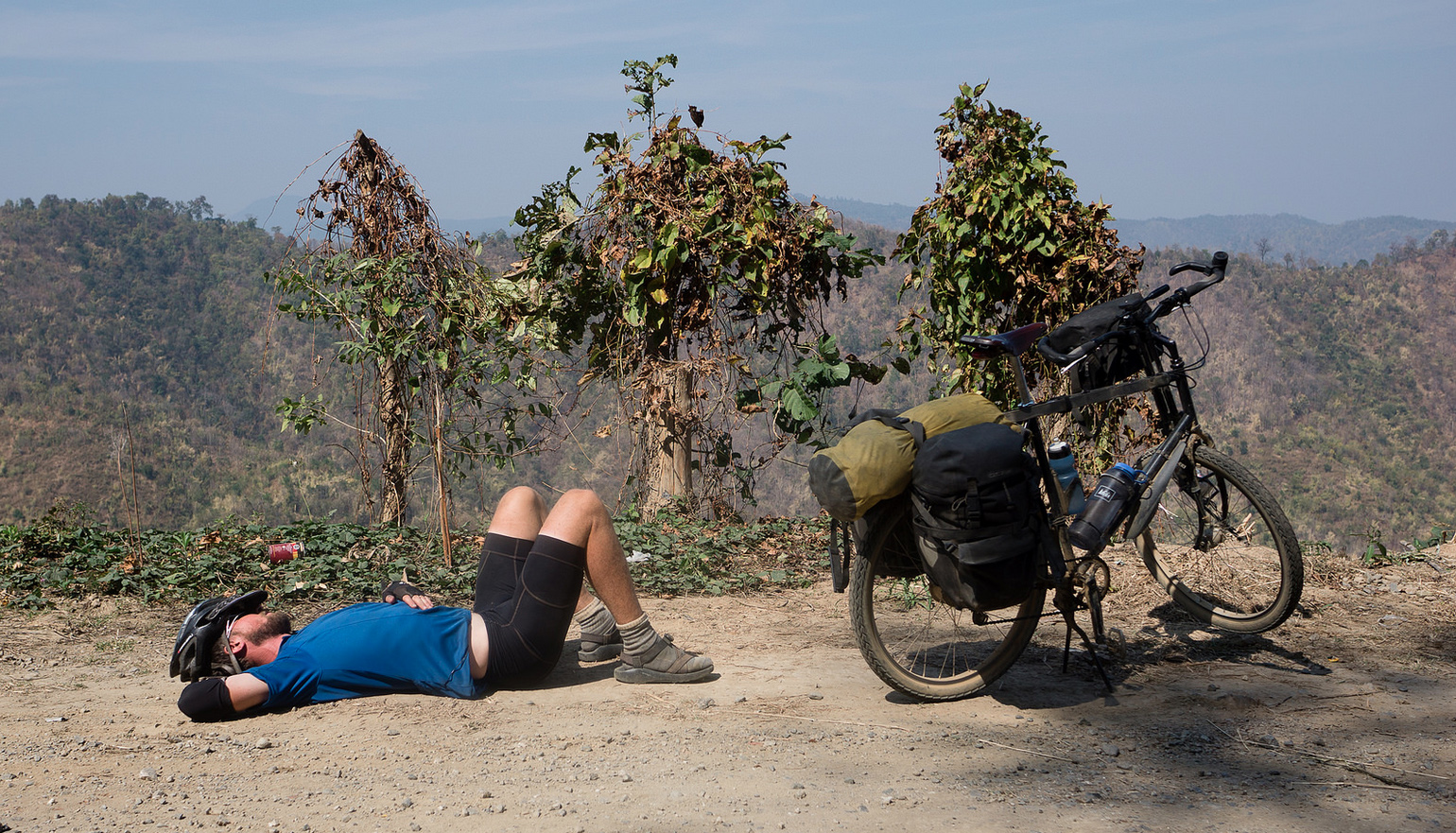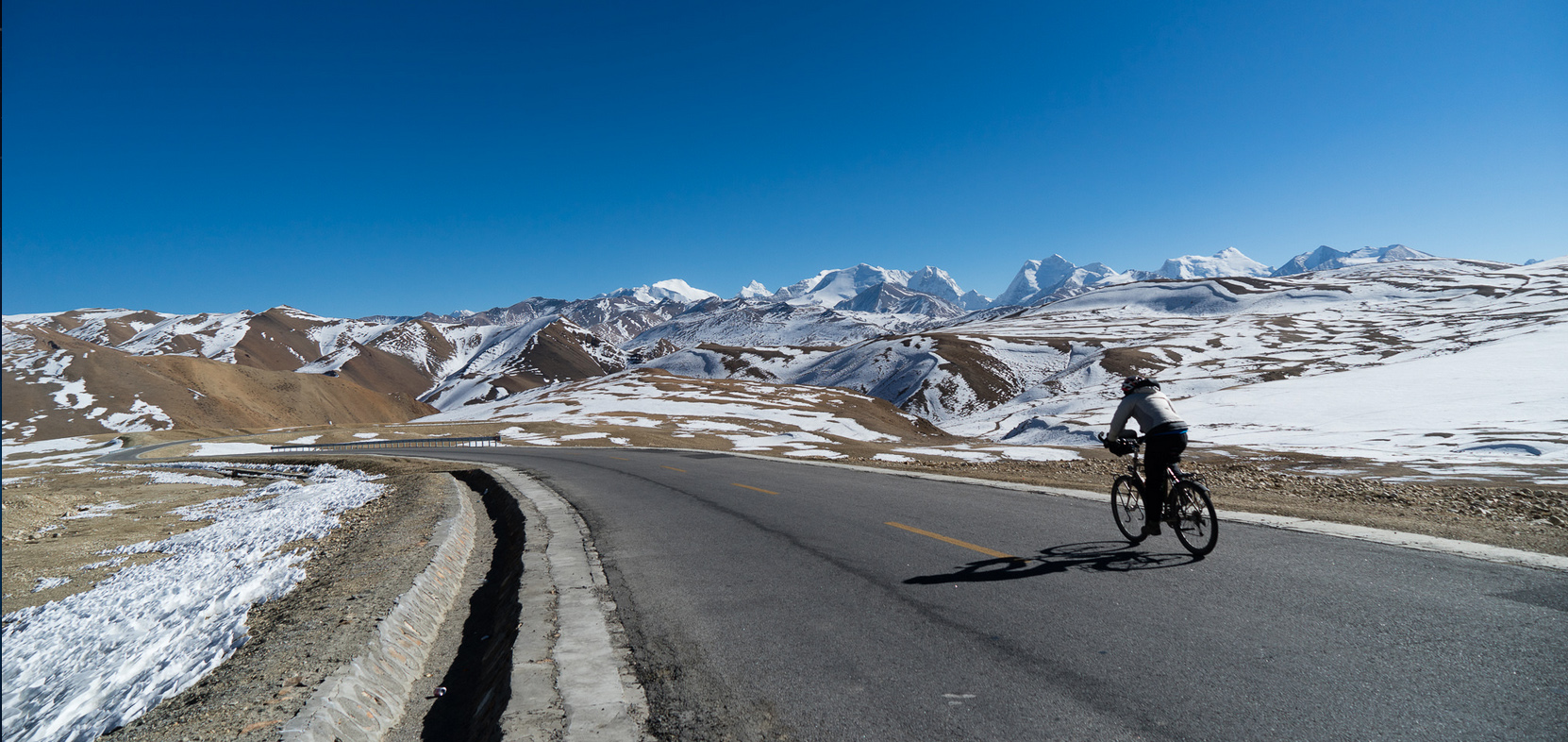“Are your summers warmer or colder? Your winters? Does the rainy season have more rain now than in years past?” These are typical questions David Kroodsma asked the people he encountered as he biked around the world.
Kroodsma returned to the US this month after completing a twelve-country journey from Turkey to Myanmar to better understand climate change. Adding that to his previous trips through the Americas and Eastern Europe, Kroodsma has biked over 30,000 miles – more than the circumference of the Earth.
This gives literal meaning to the road less traveled, especially for a professional researcher with a Stanford education for both his undergraduate and graduate degrees, in Physics and Earth Systems respectively.
Kroodsma’s first bike trip to Argentina was an attempt to bring awareness to climate change and involved going to schools, talking to the media, and blogging (RideforClimate.org) about what climate change was like in each place along the way. “I was fascinated by the global environment and the science behind it. And also how we as a society are going to be able to share these global common resources.”
Afterwards he returned to San Francisco to continue working as a consultant, climate researcher and journalist, and wrote a book on his experience, The Bicycle Diaries. He also went on more bicycle journeys around the United States and Eastern Europe.
“I set out on this goal to kind of raise awareness through my trip. And of course, by visiting all these places, I gained a different appreciation of climate change than I had when I started. The book is an attempt, I think a successful attempt, to share what I learned from two years of biking and talking to people about climate change.”
This latest trip through Asia had a slightly different objective. “This one was about learning and trying to show that people around the world are experiencing climate change.”
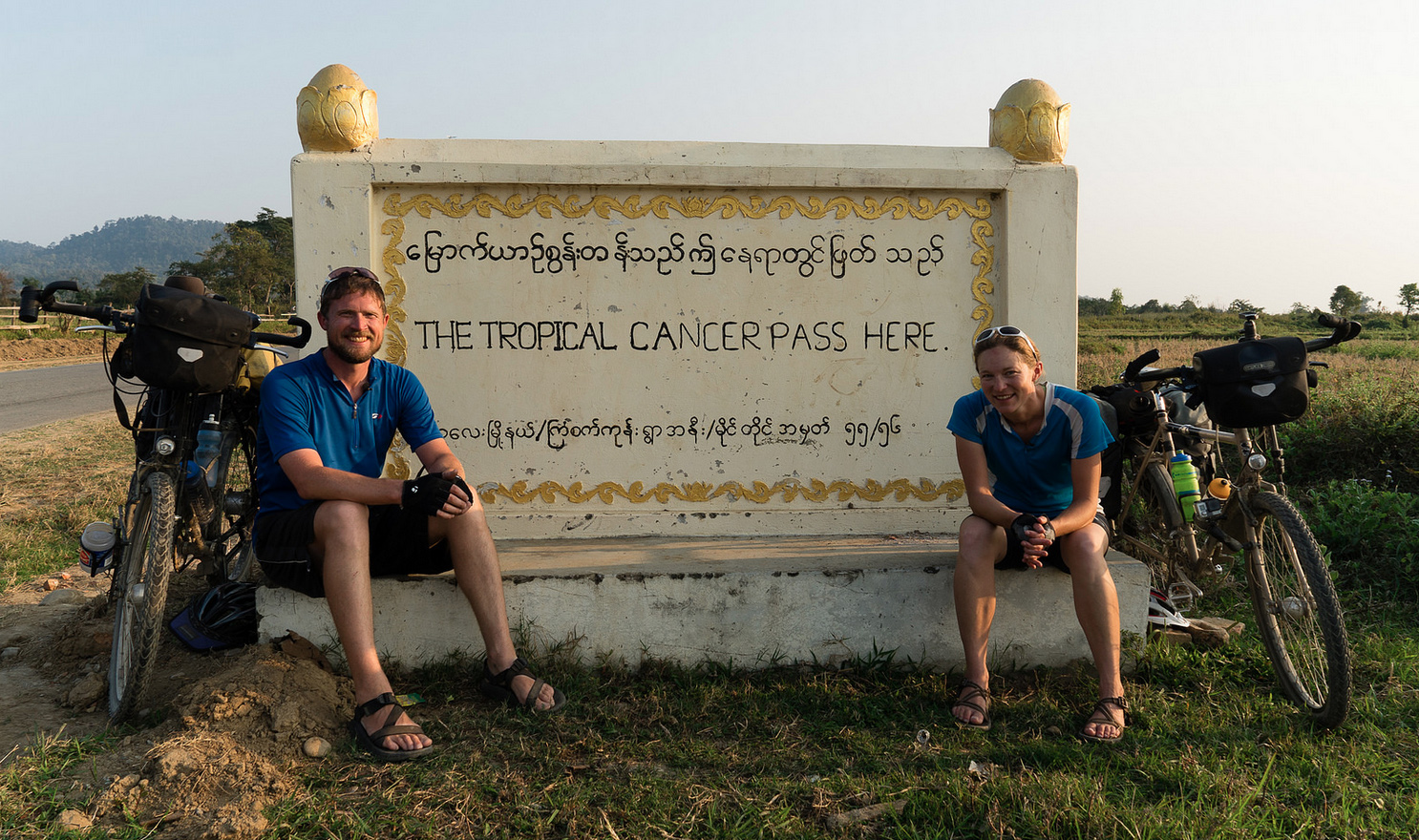
Lindsey Fransen, now newly married to Kroodsma, participated in the Eastern Europe bike trip, and went on to share the Asian journey that started last April. Kroodsma jokes that the trip could have been called a honeymoon, although laughs as he said that some parts were definitely not like a honeymoon.
Most of the time was spent in the countryside, speaking with villagers they came across and finding places to camp the night. The two also visited big cities along the way and spoke with experts there. Fransen and Kroodsma attempted to learn enough of the major languages in the region – Chinese, Russian, and Turkish – to get by, and frequently would write out their questions in the local language and show people, or play a recording of the questions translated locally from their phones.
Their interviews were recorded, and featured mostly older persons in the countryside who would speak to the differences they noticed from climate change within their lifetime. Kroodsma explains that many people didn’t know what the terms ‘climate change’ meant, but when describing their personal experiences their answers were remarkably consistent with each other, and reflected the scientific description of a changing climate.
[pullquote align=”right”]”If all these low energy places used half the energy that people in the US did, total energy consumption in the world would double.”[/pullquote]
For Kroodsma, already seeing these consequences of climate change on the ground posed worrisome questions about the future. With projections of population growth and rapid industrialization of developing countries, the future risks are even greater than those changes observed today. Kroodsma’s Ride for Climate trips attempt to bring about a global ethic to solve these problems by promoting a better global understanding.
“Traveling, you see that many people use so much less than we do. Being an environmentalist in the US, it’s easy to focus on how we need to conserve more and we need to use fewer resources, which is absolutely the right response to how we use resources in the United States. But globally the problem is people don’t have enough energy. How do we get everybody more without destroying the world? If all these low energy places used half the energy that people in the US did, total energy consumption in the world would double. Our biggest challenge is figuring out how to grow – how to increase the well-being of the world – without making fossil fuels, without making carbon emissions go through the roof.”
Kroodsma encourages the use of clean energy to combat this. Make clean energy cheaper than coal.
“The most important thing we can do for climate change is promote policy that heavily invests in clean energy. There’s so many ways to do that, I don’t care: anything that does that is the right focus.”
Kroodsma will be in New York City March 30 and 31 at bicycle shops in Manhattan and Brooklyn to discuss his experiences from all 28 countries visited and will feature amazing photographs (a sample seen here) and videos. Quick impression: average people around the world seem wonderful and friendly. Low carbon travel is possible with time and strong legs, and probably a much better way to see things. Copies of his book will also be for sale.
